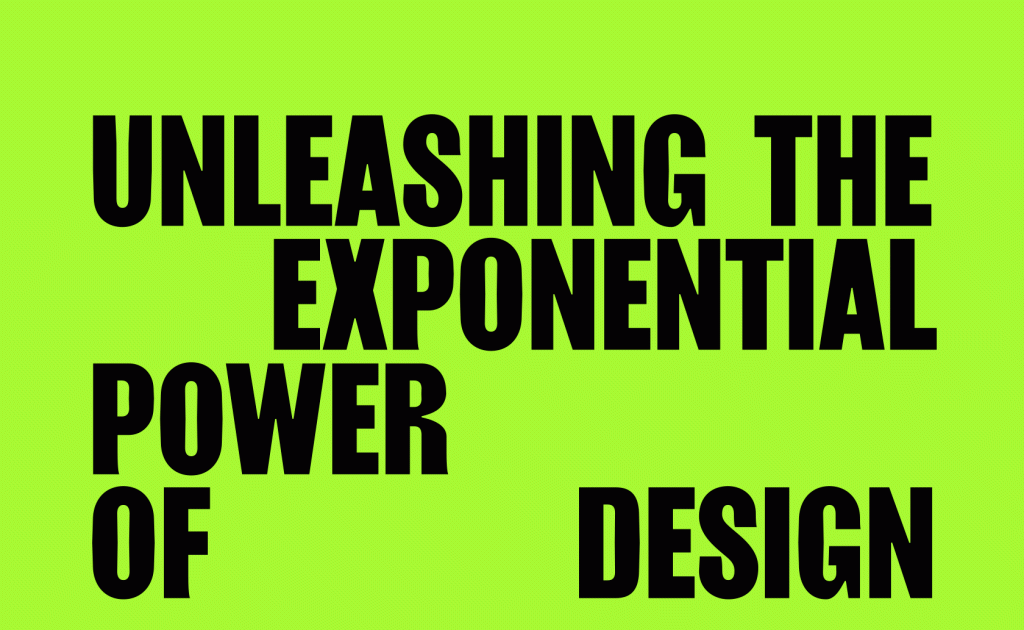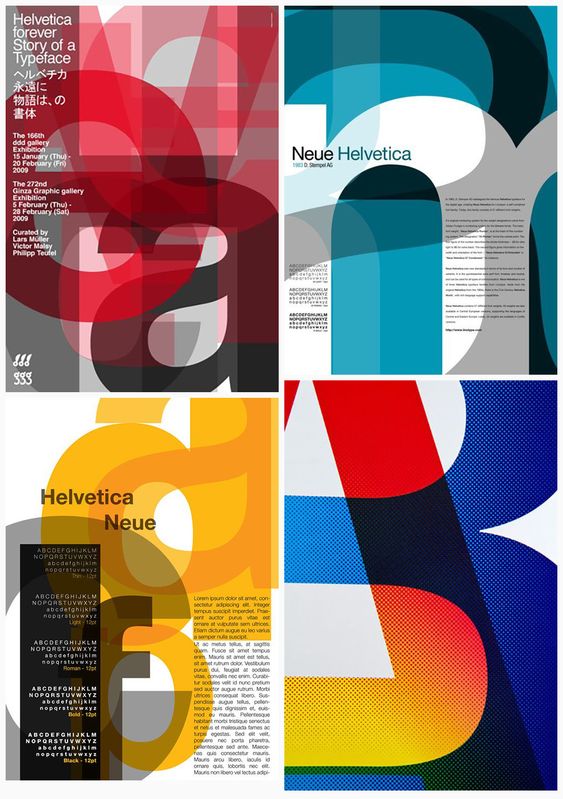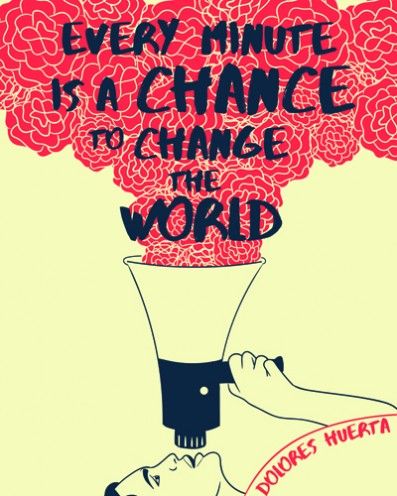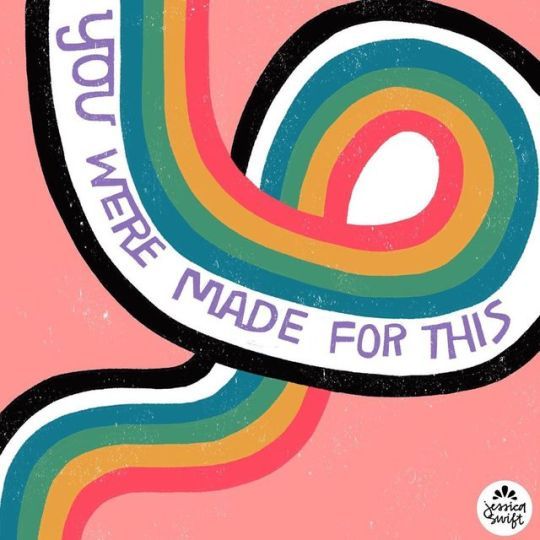Why design & designers matter in business
In a world where technology is evolving at a breakneck pace, the role of designers has never been more crucial. Design isn’t just about making things look pretty; it’s about solving complex problems, enhancing user experiences, and driving innovation.

inspirational push to unleash design. Gif sourced from Pinterest.
The Power of Design: Beyond Aesthetics
Design is everywhere, from the clothes we wear to the apps we use on our smartphones. It influences how we interact with products, services, and even the world around us. But its significance goes far beyond aesthetics. Design is about creating solutions that resonate with people, evoke emotions, and ultimately, improve lives.
Take, for example, the iconic iPhone. It wasn’t just a breakthrough in technology, it was a triumph in design. Apple didn’t just create a smartphone; they crafted an experience – from the sleek hardware to the intuitive user interface. This emphasis on design, not only set the iPhone apart from its competitors, but it also revolutionized the entire industry.

4 different brand identity examples from Pinterest.
Designers = Problem-Solvers
At its core, design is about problem-solving. Whether it is streamlining a user interface, optimizing a supply chain, or reimagining urban spaces, designers are constantly tackling challenges big and small. And in an increasingly complex world, their skills are more valuable than ever.
For designers, it’s not enough to simply create something aesthetically pleasing, they must also consider functionality, usability, diversity, equity, inclusivity, and sustainability. Design thinking, a human-centered approach to innovation, emphasizes empathy, collaboration, and experimentation. By embracing this mindset, designers can uncover insights, identify opportunities, and develop solutions that truly make a difference.

Images representing businesses need to think innovatively and break habits that may be keeping them back. And the importance of good design for brand recognition. Source: Pinterest
Campaigning for Relevance: The Business of Design
In today’s competitive landscape, designers must also be savvy businesspeople. They need to demonstrate the tangible value they bring to organizations – whether it’s increased revenue, improved customer satisfaction, or enhanced brand loyalty.
One way designers can campaign for their importance is by speaking the language of business. They need to quantify the impact of their work, using metrics such as conversion rates, engagement levels, and return on investment. By aligning their goals with those of the company, designers can position themselves as strategic partners rather than just creative assets.
Moreover, designers can showcase their ability to drive innovation and adapt to change. In a world where AI is reshaping industries, designers play a crucial role in harnessing technology to create meaningful experiences. Whether it’s integrating AI into product design, leveraging data analytics for user research, or exploring virtual reality for immersive storytelling, designers are at the forefront of innovation.

We as designers have a chance to be first-movers and make an impact. Image sourced from Pinterest
Designers = Strategic Creative Partners
The following core business terms and concepts can help designers communicate their value and make informed decisions regarding their craft.
ROI (Return on Investment): Understanding how design impacts the bottom line is crucial. ROI measures the return generated from an investment relative to its cost. Designers should be able to demonstrate the ROI of their work in terms of increased revenue, cost savings, or other tangible benefits.
KPIs (Key Performance Indicators): These are measurable values that indicate how effectively a company is achieving its key business objectives. Designers should align their goals with the company’s KPIs and track relevant metrics to demonstrate their impact.
Conversion Rate: This measures the percentage of users who take a desired action, such as making a purchase or signing up for a service, after interacting with a design. Designers should focus on optimizing conversion rates to drive business success.
Customer Lifetime Value (CLV): CLV quantifies the total revenue a customer is expected to generate over the entire duration of their relationship with a company. Designers can contribute to increasing CLV by enhancing the customer experience and fostering loyalty.
Customer Acquisition Cost (CAC): This represents the average cost of acquiring a new customer. Designers should aim to minimize CAC by creating effective marketing materials and optimizing user experiences to attract and retain customers efficiently.
Market Share: This refers to the percentage of total sales within a specific market that a company controls. Designers should understand their company’s market position and how design can help capture a larger market share.

good design makes a difference in business cases. Image sourced from Pinterest
Brand Equity: Brand equity measures the perceived value of a brand in the marketplace. Designers play a crucial role in building and maintaining brand equity through visual identity, messaging, and overall brand experience.
Cost-Benefit Analysis: This involves comparing the costs of a project or investment with the expected benefits to determine its potential profitability. Designers should be able to articulate the cost-benefit ratio of their design initiatives to justify resource allocation.
Competitive Analysis: Understanding the strengths and weaknesses of competitors in the market is essential for designing products and experiences that differentiate from the competition.
Agile Methodology: Agile is a project management approach that emphasizes iterative development, collaboration, and flexibility. Designers should be familiar with Agile principles and methodologies to work effectively within cross-functional teams.
The Rise of AI: Opportunity or Threat?
With AI advancing at warp speed, some may fear that it will replace human designers altogether. However, the reality is far more nuanced. While AI can automate certain tasks and streamline processes, it can’t replicate the creativity, intuition, and empathy of human designers.
In fact, AI has the potential to enhance the work of designers by augmenting their capabilities. Machine learning algorithms can analyze vast amounts of data, uncovering patterns and insights that human designers might overlook. AI-powered tools can also automate repetitive tasks, freeing up designers to focus on more strategic and creative work. Ultimately, the relationship between AI and design is symbiotic.
By embracing AI as a tool rather than a threat, designers can unlock new possibilities and push the boundaries of innovation.

Designers were made for this. Image sourced from Pinterest
Why Design & Designers Matter: A Call to Action
Design is not just a creative pursuit, it’s a strategic imperative for businesses to differentiate themselves in a crowded market. Designers have the unique ability to connect creativity with strategy, crafting valuable solutions.
As the world evolves, we as designers have a responsibility to use our skills and expertise to create positive change – whether it’s through sustainable practices, inclusive design principles, or innovative solutions.
So, let’s embrace that our craft matters -and learn how to communicate its unique worth!




